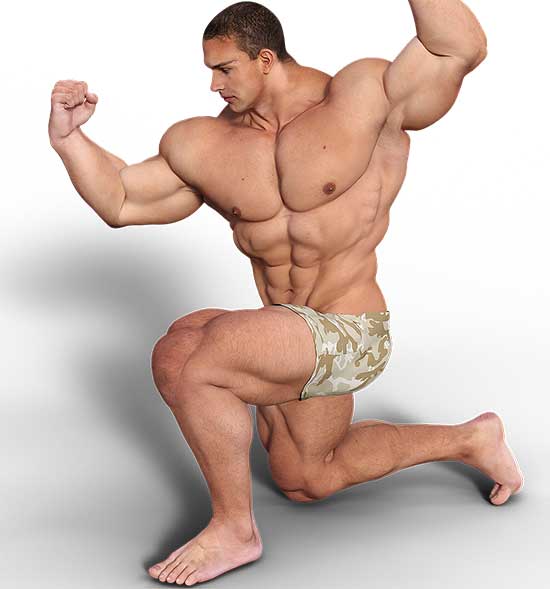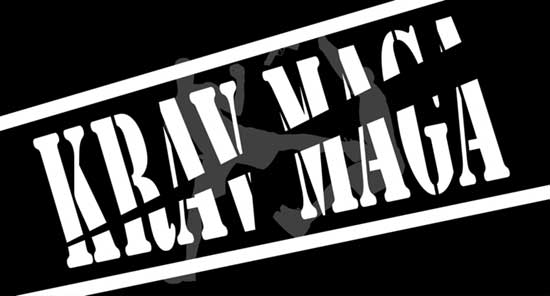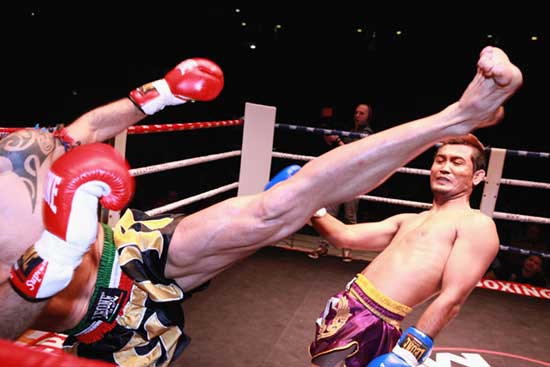Tai Chi can be practiced on various surfaces, from grassy parks to wooden floors. The type of surface you choose can affect your practice, influencing your comfort, balance, and overall experience.
Contents
The Role of a Mat in Tai Chi
The use of a mat in Tai Chi is a matter of personal preference. Some practitioners prefer the cushioning and support a mat provides, while others enjoy connecting with the ground through their bare feet.
Factors to Consider When Choosing a Tai Chi Surface
Indoor vs. Outdoor Practice
Your choice of practicing Tai Chi indoors or outdoors can play a significant role in determining whether a mat is necessary.
If you practice outdoors on uneven or hard surfaces, a mat can provide additional support and protection. On the other hand, indoor surfaces like wooden or carpeted floors might not require a mat.
Flooring Material
The material of the floor you practice on is another important factor. Hard surfaces like concrete or tile can be uncomfortable or even harmful to your joints.
In this case, using a mat can provide the necessary cushioning to avoid discomfort or injury.
Personal Comfort and Safety
Your personal comfort level and safety requirements should also be considered. If you have joint issues or prefer additional support, a mat can be beneficial.
However, if you feel comfortable and safe practicing without a mat, it may not be necessary.
The Benefits of Using a Mat for Tai Chi
Cushioning and Support
A mat can provide extra cushioning for your feet, knees, and hips, reducing the impact on your joints during practice.
This additional support can make your Tai Chi practice more comfortable, especially if you have pre-existing joint issues or are practicing on a hard surface.
Traction and Stability
Mats designed for Tai Chi often have a non-slip surface, providing better traction and stability during your practice.
This can help you maintain balance and prevent slips or falls, particularly when performing more advanced movements or transitioning between poses.
Hygiene and Cleanliness
Using a mat can also improve the hygiene of your practice, as it creates a clean and dedicated space for your workout.
This is especially important if you practice in public areas or shared spaces where cleanliness might be a concern.
Alternatives to Mats for Tai Chi
Barefoot Practice
Many Tai Chi practitioners prefer to practice barefoot, allowings them to connect with the ground and feel the energy flow through their bodies.
Barefoot practice can also improve balance and proprioception, as it enables you to sense the surface beneath your feet more accurately.
Tai Chi Shoes
Another alternative to using a mat is wearing Tai Chi shoes. These specialized shoes provide support and cushioning while still allowing you to maintain a connection with the ground. They also offer additional traction and stability, similar to a mat.
Outdoor Surfaces
Practicing Tai Chi outdoors on natural surfaces like grass or sand can provide a comfortable, cushioned surface without needing a mat.
These surfaces also offer unique sensory experiences, enhancing your connection with nature and the environment.
Selecting the Best Mat for Your Tai Chi Practice
Material and Thickness
When choosing a mat for Tai Chi, consider the material and thickness. Look for a mat that provides the right balance of cushioning and firmness, allowing you to maintain stability while still offering comfort and support.
Size and Portability
Consider the size and portability of the mat. A larger mat will give you more space to practice, but it may be more difficult to transport and store.
Choose a mat that is easy to roll up and carry, especially if you plan to practice in different locations.
Price and Quality
Lastly, consider the price and quality of the mat. While more expensive mats may offer better durability and comfort, they may not be necessary for everyone.
Assess your needs and budget to determine the best option for your Tai Chi practice.
Conclusion
In conclusion, whether you need a mat for Tai Chi depends on your personal preferences, comfort, and the environment in which you practice.
While a mat can offer additional support, cushioning, and hygiene, it is not essential for everyone.





